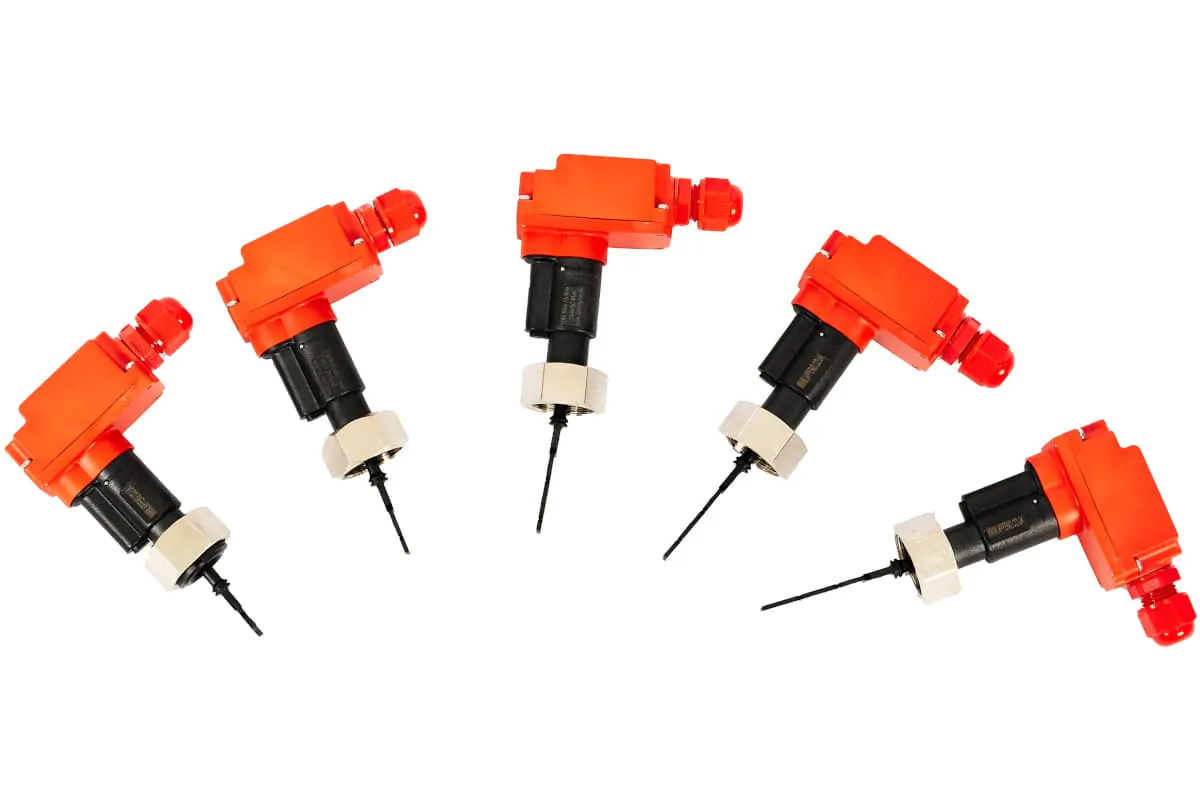 Add My Company
Add My Company
What Are Flow Meters and How Do They Work?

When it comes to commercial and industrial processes involving liquids, vapours, or gases, the ability to accurately measure flow is vital. Without precise flow monitoring, the risk of major safety incidents rises, not to mention the potential inefficiency of production and wastage of resources.
That’s where flow meters (often used interchangeably with terms like flow indicators or flow sensors) come in. These measuring instruments play a vital role in accurately and reliably measuring flow across a wide range of applications, from oil and gas operations to wastewater treatment facilities.
But how exactly do flow meters work, and what are the different types you might encounter? Let’s dive in.
What is a Flow Meter? At its core, a flow meter is a device used to determine the rate of fluid (liquid, gas, or vapour) flowing through a pipe, duct, or another conduit. These instruments measure parameters like volume, velocity, and even the mass of the substance moving through them over a given time.
Flow meters come in many styles, each utilising unique operating principles. Depending on the substance needing to be tracked and measured, a flow meter will usually need to adapt to specific applications and environments, such as monitoring flow along a pipe, a turbine, or in ultrasonic or differential pressure models.
Depending on the application, one type of flow meter may be better suited than another in terms of accuracy, cost, size constraints, and other factors.
What is the Purpose of a Flow Meter? Regardless of the specific technology, a flow meter’s purpose is to provide operators with the critical data needed to monitor, control, and optimise their fluid-based processes.
This data enables things like:
- Tracking water, oil, gas, or chemical consumption
- Detecting leaks or line blockages
- Regulating fluid flow rates for production
- Calculating mass balance in processing
Without reliable flow measurements, many industrial and commercial operations simply couldn’t function safely or efficiently.
How Do Flow Meters Work? While the internal mechanisms may differ, most flow meters employ a similar fundamental principle – converting the physical motion of a fluid into an electronic signal that can be measured and displayed.
For example, a positive displacement flow meter uses a set of gears or rotors that get pushed around by the fluid flowing through. Each time a compartment fills and empties, this motion is counted and converted to a flow rate reading. Turbine meters, on the other hand, detect the spinning of an impeller turned by the fluid stream.
Electromagnetic flow meters, meanwhile, generate a voltage proportional to the velocity of a conductive fluid passing through a magnetic field. Ultrasonic models determine flow by measuring the time it takes for sound waves to travel through the medium in both the upstream and downstream directions.
The core goal of a flow meter remains the same: to provide accurate, real-time data on how much and how quickly a fluid is moving through the measurement point. With the right flow meter technology in place, operators can keep a vigilant eye on their critical liquid levels and processes.
Common Flow Meter Applications While they may go unnoticed, flow switches and meters are essential components in a huge array of commercial and industrial settings, including:
- Oil and gas production – Tracking the volume and flow rates of oil, natural gas, and other petroleum products.
- Water/wastewater treatment – Monitoring water consumption as well as the movement of wastewater and sludge through treatment plants.
- Chemical processing – Regulating the flow of raw materials, intermediate products, and waste streams within complex manufacturing facilities.
- HVAC systems – Controlling the distribution of chilled or heated air or water through ductwork and piping to maintain building comfort.
- Food and beverage – Tracking fluid ingredients, utility consumption and waste output to improve production efficiency and sustainability.
The vast array of flow meter technology available means there’s a solution suited for virtually any application requiring fluid flow monitoring and control. From variable area flow meters to metal tube meters, the Applications Engineering team can help match the right flow meter to your unique needs.
Benefit From Precise Flow Measurement With the right flow meter technologies from trusted suppliers like Kytola, you gain the real-time data and control you need to keep critical operations running smoothly.
Ready to explore flow meter options that could transform your business? Reach out to the Applications Engineering team today. Our experts will be happy to recommend the ideal flow measurement solutions, provide on-site installation support, and ensure prompt delivery to your facility. Contact us today to take the first step towards smarter, more effective fluid flow management.
For more information on What Are Flow Meters and How Do They Work? talk to Applications Engineering Limited

